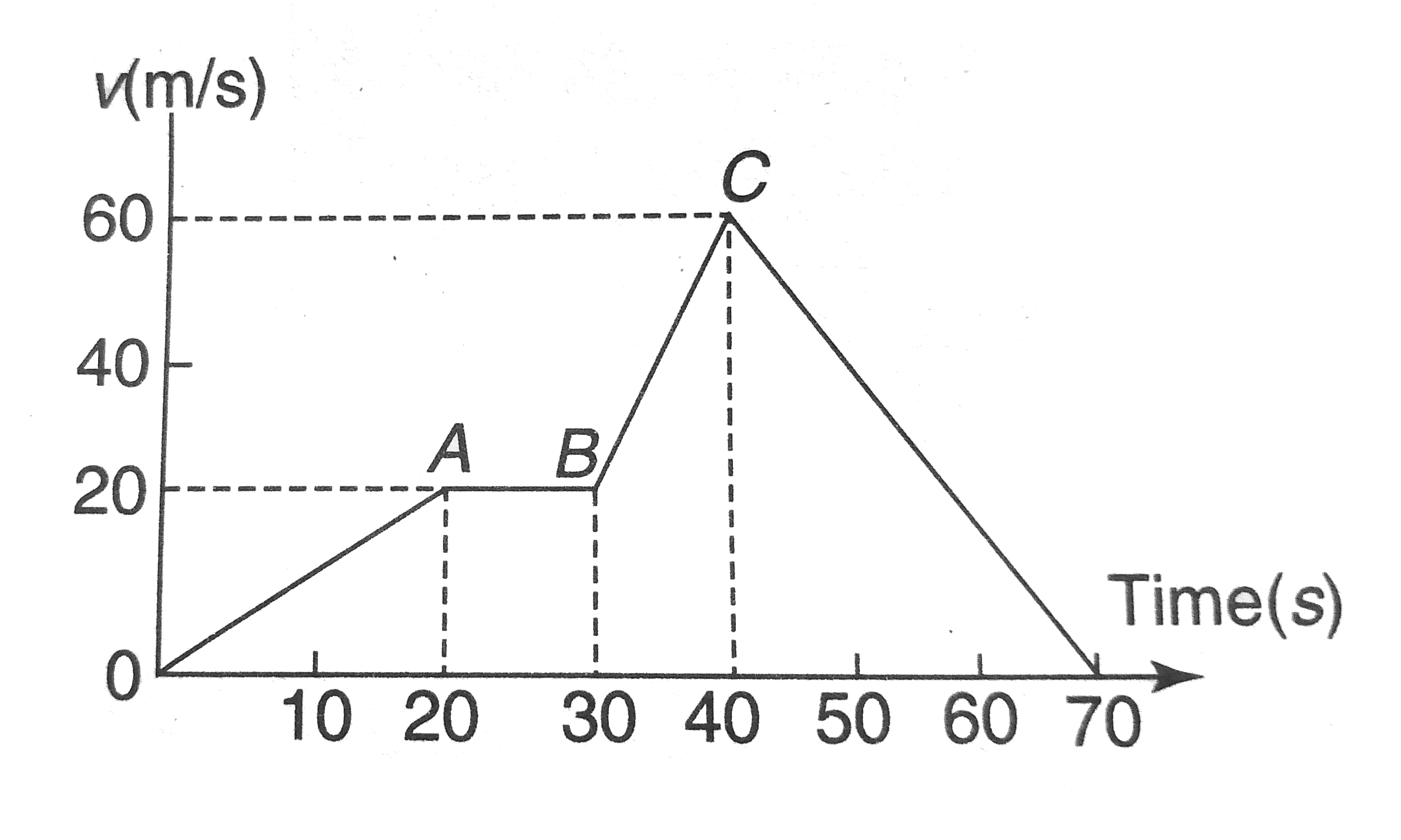A particle moves along x-axis with acceleration where and T are constants if velocity at t = 0 is zero then find the average velocity from t = 0 to the time when a = 0.
The correct Answer is:
where & are constant
For
Topper's Solved these Questions
- BOOK - ALLENCHAPTER - KINEMATICSEXERCISE - Exercise-04[B]14videos
KINEMATICS
- BOOK - ALLENCHAPTER - KINEMATICSEXERCISE - Exercise-05 [A]11videos
KINEMATICS
- BOOK - ALLENCHAPTER - KINEMATICSEXERCISE - Comprehension#73videos
KINEMATICS
- BOOK - ALLENCHAPTER - ERROR AND MEASUREMENTEXERCISE - Part-2(Exercise-2)(B)22videos
ERROR AND MEASUREMENT
- BOOK - ALLENCHAPTER - KINEMATICS (MOTION ALONG A STRAIGHT LINE AND MOTION IN A PLANE)EXERCISE - BEGINNER S BOX-78videos
KINEMATICS (MOTION ALONG A STRAIGHT LINE AND MOTION IN A PLANE)
Similar Questions
A particle is moving along x-axis with acceleration a=a0(1−t/T) where a0 and T are constants. The particle at t=0 has zero velocity. Calculate the average velocity between t=0 and the instant when a=0
View SolutionAcceleration of a particle moving along x-axis at time t, given by f=f0(2−tT), where f0 and T are constants. Initial velocity is zero. In the time interval between t = 0, and the instant when f = 0, the particle's velocity was found to be NMf0T. The value of NM is ______
View Solution
Knowledge Check
- Question 1 - Select One
The velocity-time graph of a body is given below. Find the average velocity from t=0 to t=40s.
 A20m/sB40m/sC50m/sD60m/s
A20m/sB40m/sC50m/sD60m/s - Question 2 - Select One
A particle moving along x-axis has acceleration f, at time t, given by f=f0(1−tT), where f0 and T are constants. The particle at t= 0 has zero velocity. In the time interval between t= 0 and the instant when f= 0, the particle's velocity (vx) is
A12f0T2Bf0T2C12f0TDf0T - Question 3 - Select One
A particle moving along x-axis has acceleration f, at time t, given by f=f0(1−tT), where f0 and T are constant.
The particle at t=0 has zero velocity. In the time interval between t=0 and the instant when f=0, the particle's velocity (vx) is :Af0TB12f0T2Cf0T2D12f0T
A particle moving along x-axis has acceleration f, at time t, given by f=f0(1−tT), where f0 and T are constants. The particle at t=0 has zero velocity. In the time interval between t=0 and the instant when f=0, the particle's velocity (vx) is
View SolutionA particle moving along x-axis has acceleration f, at time t, given by f=f0(1−tT), where f0 and T are constants. The particle at t=0 has zero velocity. In the time interval between t=0 and the instant when f=0, the particle's velocity (vx) is
View SolutionA particle moving along x axis has acceleration f at time t given by f=f0(1−1t) where f0 and T are constant the particle at T=0 has zero velocity in the time interval between t=0 and the instant when f=0 the particle velocity vx is
View SolutionA particle moving along x axis has acceleration f at time t given by f=f0(1−1t) where f0 and T are constant the particle at T=0 has zero velocity in the time interval between t=0 and the instant when f=0 the particle velocity vx is
View SolutionA particle moving along x-axis has acceleration f, at time t, given by f=f0(1−tT), where f0 and T are constant.
The particle at t=0 has zero velocity. In the time interval between t=0 and the instant when f=0, the particle's velocity (vx) is :View Solution

